How To Develop Strong Hitters with Purposeful Practice
Hitting drills are structured exercises designed to improve a player’s mechanics, timing, strength, and confidence at the plate. These drills often target specific aspects of hitting, such as hand-eye coordination, bat speed, power, and pitch recognition. By focusing on one or more elements of hitting, players can make significant strides in their hitting performance.
Hitting drills fall into several broad categories:
- Fundamental Mechanics Drills: Focus on stance, grip, swing path, and follow-through.
- Timing & Rhythm Drills: Emphasize coordination, timing the ball, and rhythm.
- Power & Strength Drills: Build the physical strength and bat speed necessary to hit the ball with authority.
- Pitch Recognition Drills: Help players identify and react to different pitch types and speeds.
Benefits & Usefulness of Different Types of Hitting Drills
Hitting drills are crucial for a few key reasons. From a coaching perspective, they help players:
- Develop Consistency: Consistent, repetitive practice helps players refine mechanics and make adjustments.
- Build Confidence: Repetitive success in drills translates into greater confidence at the plate.
- Enhance Reaction Times: Hitting drills that simulate live-game speed can improve reaction times.
- Increase Power and Bat Speed: Power and speed drills provide players with the strength to drive the ball further.
Pros & Cons: Level of Difficulty and Coaching Knowledge Required
Pros:
- Scalability: Many hitting drills can be scaled in difficulty, from basic tee work to live pitching.
- Targeted Improvement: Coaches can focus on specific skill areas where players may need the most help.
- Engagement: Hitting drills are often exciting and motivating for players, fostering engagement.
Cons:
- Technical Knowledge Required: Effective coaching of hitting drills often requires a solid understanding of hitting mechanics and the ability to recognize subtle issues in a player’s swing.
- Time-Intensive: Some drills, especially those focused on timing and reaction, may require more time to see measurable improvements.
- Requires Equipment: Batting tees, nets, and weighted bats may be necessary for some drills, which can be limiting if resources are scarce.
Positive Impact of Hitting Drills
The positive impact of hitting drills extends beyond developing strong hitters. Regular practice with well-structured hitting drills can instill discipline, teach players to make adjustments under pressure, and help them build muscle memory for essential movements. A well-rounded approach to hitting drills prepares players not only to improve their performance but to approach every at-bat with confidence and control.
Top Hitting Drills to Run
Here are some highly effective hitting drills that any coach can incorporate into their practice sessions:
- Tee Work Drill – A classic drill that emphasizes basic mechanics, including stance, grip, and swing path. Players hit from a tee, allowing them to focus on perfecting each aspect of their swing without timing the pitch.
- Soft Toss Drill – In this drill, a coach or teammate tosses the ball gently from the side, helping players develop timing and rhythm. It’s a great way to reinforce mechanics and reaction times.
- One-Handed Swing Drill – Players practice swinging with one hand at a time (first with the top hand, then the bottom hand) to improve wrist strength and bat control, leading to a more controlled and powerful swing.
- Front Toss Drill – A coach tosses the ball underhand from in front of the batter. This drill allows players to focus on timing, vision, and adjusting to different pitch locations and speeds.
- Live Batting Practice – Simulates a game-like situation with a live pitcher. This drill improves timing, pitch recognition, and response to various pitch types and speeds.
- Weighted Bat Drill – Players swing a slightly weighted bat to build strength and increase bat speed. After a few swings with a weighted bat, players can switch to a regular bat to see the benefits in speed and control.
- Contact Point Drill – Players focus on hitting the ball at the ideal contact point. This drill helps hitters understand where they need to meet the ball for the most powerful and accurate hits.
- Reaction Drill with Colored Balls – Colored balls or numbered balls are used in this drill to train the batter’s pitch recognition and reaction speed. As the ball is thrown, players call out the color or number before swinging.
- Inside-Out Drill – This drill focuses on hitting the inside part of the ball, helping players drive pitches located on the inner half of the plate and avoid rolling over outside pitches.
- High Tee Drill – Setting the tee higher than normal encourages players to stay on top of the ball and maintain proper swing plane, reducing pop-ups and improving line-drive hits.
By incorporating these drills into practice, coaches can develop players with well-rounded hitting skills and a confident approach at the plate, setting them up for success and continuous improvement.
If you’re looking for more drills check out the links below or sign up for our FREE newsletter to get access to all the latest drills and training tips.
